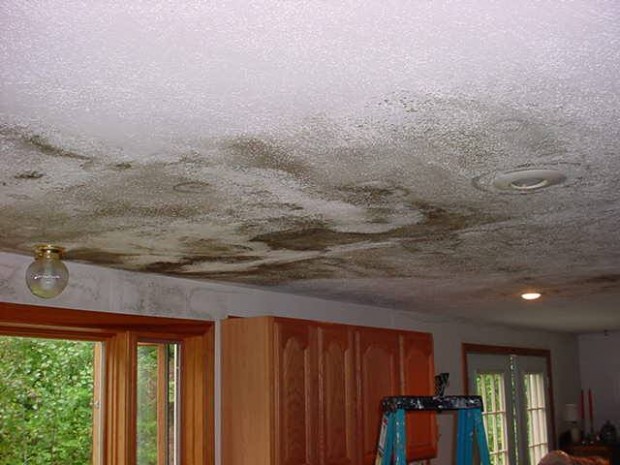What Is Water Damage?
 Water damage is one of the most common problems affecting commercial and residential properties. When a building is flooded, it allows mold and bacteria to grow. Its floors, walls and other components are subject to destructive processes, such as rusting of steel and rooting of wood. Mold growth may cause severe allergic reactions, headaches, respiratory disorders, and even death.
Water damage is one of the most common problems affecting commercial and residential properties. When a building is flooded, it allows mold and bacteria to grow. Its floors, walls and other components are subject to destructive processes, such as rusting of steel and rooting of wood. Mold growth may cause severe allergic reactions, headaches, respiratory disorders, and even death.
Depending on the severity and type of water damage, it’s essential to dry out the building and repair any leaks immediately. Your insurance policy may not cover all of the costs of repair and remediation. Thus, you should be always prepared for this type of incident and learn to prevent further harm to the building.
Common Causes of Water Damage
Water damage may have different causes, ranging from leaking roofs and clogged toilets to floods, snow, and washing machine overflow (and correspondingly, many different water damage repair services may be necessary). When damage is caused by rain or bad weather, it’s considered flood damage and may not be covered under homeowners insurance. This type of incident usually requires flood coverage. The good news is that these losses can be avoided by taking simple preventive measures.
Types and Classes of Water Damage
According to the Institute of International Cleaning and Restoration Certification (IICRC), there are several types and classes of water damage. If your house has been recently flooded or you wish to prevent further losses, it’s important to know these things.
The first category of water damage is known as “clean water” and doesn’t pose substantial risks. This incident is usually caused by broken appliances, sink overflows, or broken water supply lines.
The second category, which is classified as “grey water,” refers to a source of water that is high in contaminants and may pose serious health risks. The water may carry bacteria, dirt, and microorganisms. This incident is often caused by sump pump failures, overflows from toilet bowls, discharge from washing machines, and broken aquariums.
The third category is known as “black water” and may cause serious health problems. This type of water comes from sewage, rivers, or streams, and contains harmful pathogens, toxic organic substances, chemicals, heavy metals, or pesticides.
Water damage can be also classified by the rate of evaporation. Once you identify the class of water damage, you can determine the type of equipment needed to clean and restore the affected area.
Class 1 refers to water damage that affects only a small part of a room and has a slow rate of evaporation. Class 2 refers to water damage affecting the entire room, with a fast rate of evaporation. In Class 3, the walls and ceilings are heavily affected. Flooding usually comes from the above. Class 4 refers to water damage that causes major losses and requires long drying times and bulk water removal.
The Restoration Process
Water damage restoration depends on a variety of factors, such as the size and type of building, amount and category of water, causes, and severity of the damage. This process can help people save cherished belongings and reduce losses. If your house or workplace was severely damaged by water, seek professional help. This is the safest way to restore a property from water damage and protect your assets.
Read on at http://orange-restoration.com/